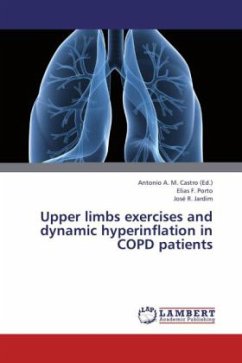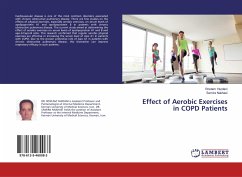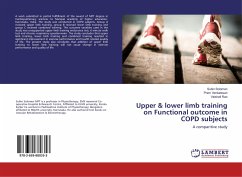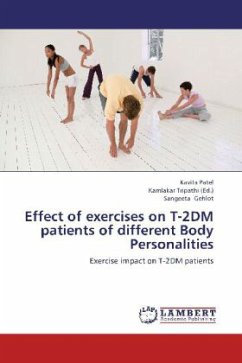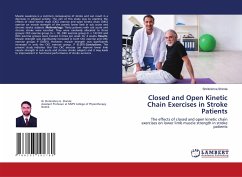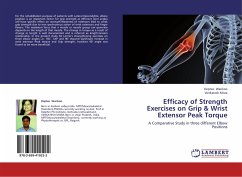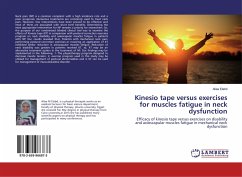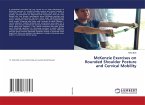Occurrence of dynamic hyperinflation during upper-limbs exercises in chronic obstructive pulmonary disease (COPD) patients it is not well described. Upper limbs exercises are widely used in the rehabilitation of COPD patients, however, there are few evidence which and how much these exercises may develop dynamic pulmonary hyperinflation and changes in the breathing pattern and thoracoabdominal configuration. There are several upper limbs training techniques, but the most used ones are the arm cycle ergometer and adapted diagonals (proprioceptive neuromuscular facilitation technique). To know which exercise develops less dynamic hyperinflation, thoracoabdominal asynchrony and dyspnea would be important to choose the proper exercise to train COPD patients. In this book we will review the literature emphasizing the main aspects of upper limbs training and its effects such as dynamic pulmonary hyperinflation, thoracoabdominal asynchrony and dyspnea. Also, we will present two of our laboratory previous published papers (reproduced with permission) that brought additional data to the literature.
Bitte wählen Sie Ihr Anliegen aus.
Rechnungen
Retourenschein anfordern
Bestellstatus
Storno

